
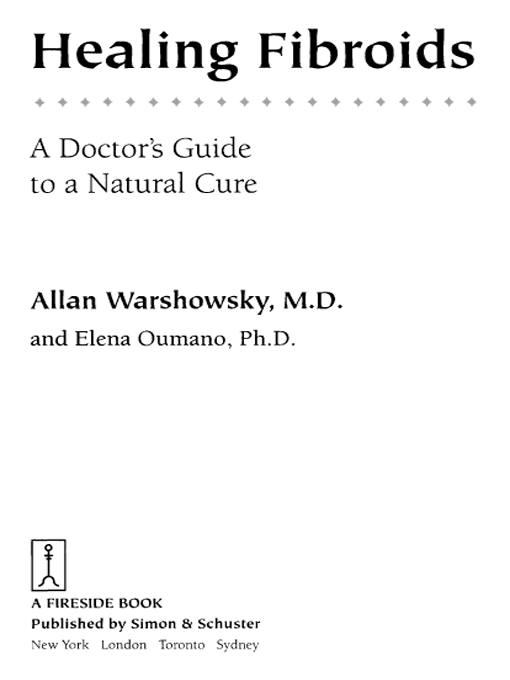

FIRESIDE
Rockefeller Center
1230 Avenue of the Americas
New York, NY 10020
Healing Fibroids
A Doctors Guide to a Natural Cure
Allan Warshowsky, M.D.
and Elena Oumano, Ph.D.
Simon & Schuster
New York London Torronto Sydney
Copyright 2002 by Allan Warshowsky, M.D., and Elena Oumano
All rights reserved, including the right of reproduction in whole or in part in any form.
FIRESIDE and colophon are registered trademarks of Simon & Schuster, Inc.
For information about special discounts for bulk purchases, please contact Simon & Schuster Special Sales: 1-800-456-6798 or business@simonandschuster.com
Designed by Helene Berinsky
Manufactured in the United States of America
10 9 8 7 6
Library of Congress Cataloging-in-Publication Data
Warshowsky, Allan.
Healing fibroids : a doctors guide to a natural cure / Allan Warshowsky and Elena Oumano.
p. cm.
Includes index.
1. Uterine fibroidsPopular works. 2. Uterine fibroidsTreatmentPopular works. I. Oumano, Elena. II. Title.
RC280.U8 W368 2002
616.99366dc21 2002066902
ISBN 0-7434-1824-7
ISBN-13: 978-0-743-41824-9
eISBN-13: 978-0-743-41825-6
www.SimonandSchuster.com
This publication contains the opinions and ideas of its author. It is intended to provide helpful and informative material on the subjects addressed in the publication. It is sold with the understanding that the author and publisher are not engaged in rendering medical, health, or any other kind of personal professional services in the book. The reader should consult his or her medical, health, or other competent professional before adopting any of the suggestions in this book or drawing inferences from it.
The author and publisher specifically disclaim all responsibility for any liability, loss, or risk, personal or otherwise, which is incurred as a consequence, directly or indirectly, of the use and application of any of the contents of this book.
CONTENTS
INTRODUCTION
 Janets Story
Janets Story
The bleeding came out of the blue. Janet, a woman of forty, was suddenly enduring periods so heavy that shed go through a super-plus tampon in twenty minutes. Before long, she was bleeding between periodsthen, it seemed, endlessly. Her abdomen swelled, plaguing her with a persistent, nagging pressure. Soon Janet felt constantly tired and depressed. Her regular gynecologist shrugged it off. Its not unusual for women approaching menopause to experience heavy bleeding, he told Janet. But another ob/gyn diagnosed her with a large intramural fibroid that was swelling her uterus to the size of a twelve-weeks pregnancy. He recommended a hysterectomy.
Janets situation is typical of thousands of women across the country and many of my patients. Obviously frustrated, defenses at hair-trigger readiness, Janet arrived in my consultation room after several more gynecologists advised a hysterectomy Janet desperately wanted to avoid surgery. She had never given birth, and she had no immediate plans for children, but she hoped, at the least, to make it to menopause, when reduced estrogen levels could shrink the fibroid.
Yet recent rapid and excessive growth of the fibroid had escalated the seriousness of her condition, and her doctors were urging her into the operating room because rapid growth can indicate that a fibroid is malignant.
I dont know what to do! a disraught Janet burst out soon after she took a seat across from me. I still could decide to have a child someday. I also feel very strongly about not having my ovaries removed. I know their hormonal protection will keep me healthier. Plus, surgery just doesnt fit in with my plans. But for every argument I give them, my doctors throw out another counter-argument.
The Search for Answers
Just a few decades ago, menopause, hysterectomy, and fibroid tumor were hush-hush subjects that were de facto banned from the popular media. It wasnt until the early ninetieswhen a few ground-breaking books on the subject, like Gail Sheehys boldly titled Menopause, defied centuries of silencethat information on these pressing womens health issues finally became available to the lay public. The urgent need for more and more answers remains just as strong today. You cannot open a contemporary womens magazine without reading at least one feature article on female health, and many publications have responded to reader interest by including regular columns highlighting the latest breakthroughs and discoveries in the field. Womens health issues also take up a growing share of other communications media. Two separate cable television channels, Oxygen and Lifetime, are now devoted exclusively to womens special concerns. With one-quarter of American women closing in on menopause, much of the programming on those and other channels is devoted to issues related to gynecological health. Then theres the Internet explosion. For better or worse, millions of women are now determinedly surfing the Web, hunting down the information they need to take responsibility for their health by making the right choices, including medical decisions regarding the treatment of fibroid tumors.
Fibroids and Hysterectomies
Despite the growing pool of available information, those words fibroids and hysterectomy still strike fear deep in the minds of women. And for good reason. Not long ago, a diagnosis of fibroid tumors meant a hysterectomy and the end of a womans dream of motherhood, even her very identity as a woman. Today, modern medicine also offers procedures to shrink or remove fibroids while preserving the uterus and ovaries. But some of these procedures are questionable, and most cannot be used in the majority of cases. A staggering number of hysterectomieshalf a million a yearare still being performed in this country, and the single greatest health problem that leads to this serious and life-altering operation is fibroid tumors.
For some lucky women, the condition can go completely unnoticed until discovered during a routine gynecological exam. For approximately 30 percent of white women and 50 percent of African-American women, though, these generally nonmalignant growths will cause troublesome symptoms. Fibroid tumors can be an endless source of pain, bleeding, and frustration.
Composed of fibrous muscle and tissue that grows in and around the uterus, the fibroid is among the most resistant health problems confronted by modern medicine. That is one reason why increasing numbers of women are seeking relief through alternative or holistic treatments such as nutritional therapy, herbal medicines, Chinese acupuncture, and other noninvasive, natural modalities. Unfortunately, the results, even with alternative natural treatments, have been mixed.
After decades of my own search for effective treatments, I can now help many of my patients heal their fibroid conditions by using a personalized treatment plan that draws on a varied arsenal of complementary treatments and strategies. These natural, holistic treatments do not conflict with modern allopathic medicine. Instead, the two schools of healing work in tandem for the patients greater benefit.
Not only have my patients symptoms been relieved but, in some cases, their fibroids shrank considerably. All followed individually tailored versions of a fibroid-healing program I have developed from my expanded understanding of the meaning and the means of true and complete healing.
Next page


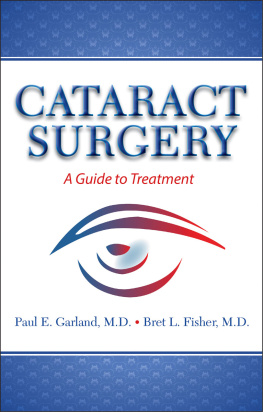
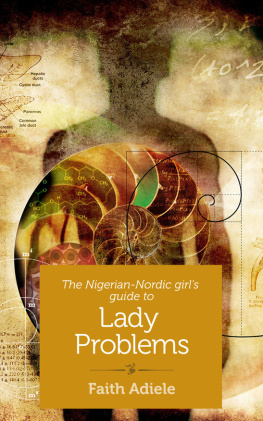

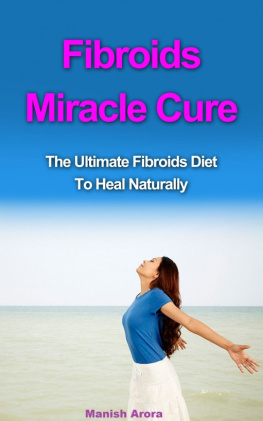
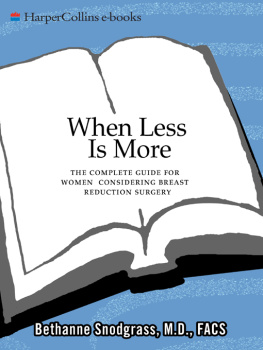
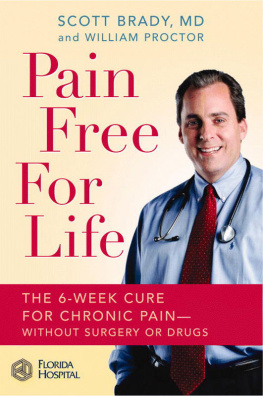



 Janets Story
Janets Story